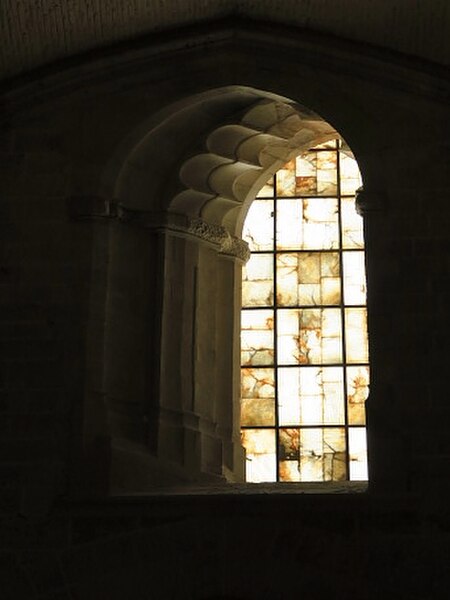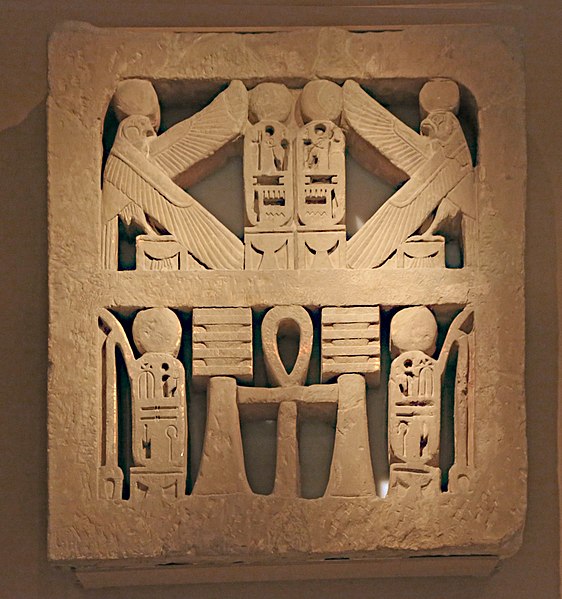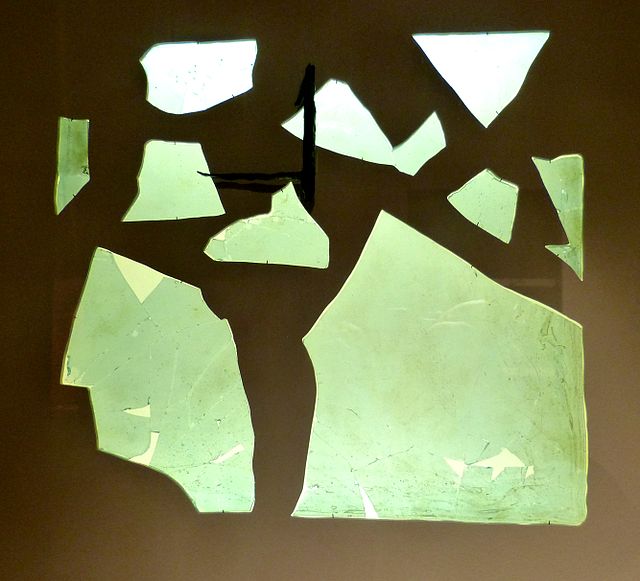An awning or overhang is a secondary covering attached to the exterior wall of a building. It is typically composed of canvas woven of acrylic, cotton or polyester yarn, or vinyl laminated to polyester fabric that is stretched tightly over a light structure of aluminium, iron or steel, possibly wood or transparent material. The configuration of this structure is something of a truss, space frame or planar frame. Awnings are also often constructed of aluminium understructure with aluminium sheeting. These aluminium awnings are often used when a fabric awning is not a practical application where snow load as well as wind loads may be a factor.
Art Nouveau awning in Nancy (France)
City-house with an awning above the entrance, in Bucharest (Romania)
Grand Hotel with numerous awnings in Toledo, Ohio
Diwan-i-Khas, Red Fort, Delhi with red awnings or shamianas, in 1817
A window is an opening in a wall, door, roof, or vehicle that allows the exchange of light and may also allow the passage of sound and sometimes air. Modern windows are usually glazed or covered in some other transparent or translucent material, a sash set in a frame in the opening; the sash and frame are also referred to as a window. Many glazed windows may be opened, to allow ventilation, or closed, to exclude inclement weather. Windows may have a latch or similar mechanism to lock the window shut or to hold it open by various amounts.
Alabaster "mullion"-divided decorative windows in Santa Maria La Major church (Morella, Spain)
Alabaster window in the Valencia Cathedral. Note the asymmetrical, slanted left side of the wall-frame, which lets sun rays reach the chancel
Ancient Egyptian sandstone window grill from a palace of Ramesses III, now in the Metropolitan Museum of Art (New York City)
Fragment of a Roman window glass plate dated to 1st to 4th century CE. Note the obvious curvature; this is not a flat pane








